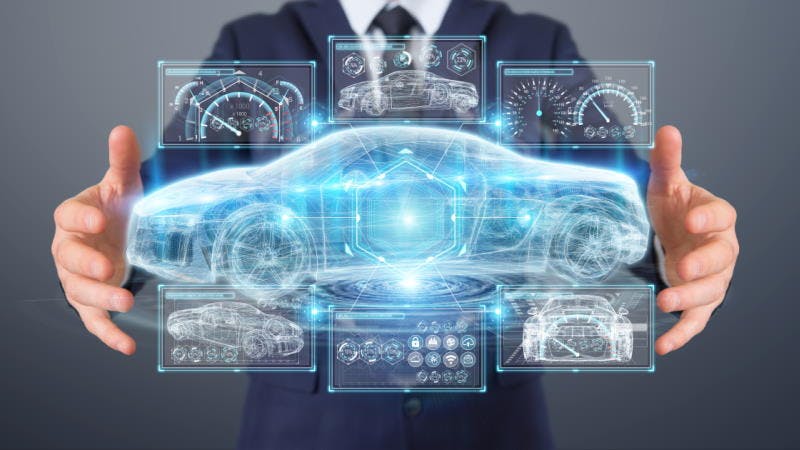The future of transportation is electrification. With this shift comes a heavy burden for engineers and software architects to design safe, secure, and hassle-free systems. This webinar will discuss the complexity of electric vehicle (EV) embedded software development for electrical powertrain systems, considerations for success, and investigate solutions to tackle the complex issues faced during development — Register to watch the on-demand webinar now.
Discover the trends of electrical powertrain systems
An electric vehicle powertrain system comprises six components that must function in perfect harmony for maximum performance: DC-DC converter, inverter, e-motor, charge control, on-board charger, and battery management systems. However, there are several architectural challenges and security and safety considerations. Additionally, charging protocols vary depending on geographical region and constantly evolve, causing many embedded software design challenges for EV powertrains.
Understand the challenges of EV embedded software development
As electric vehicles become more complex and the trend toward integration gains momentum, electronic control unit (ECU) developers must grapple with new architectural, security, safety, and charging protocol challenges.
- Architectural challenges: EV combo-box architecture, i.e., combining two functionalities in a single ECU.
- Security challenges: Every EV will have a charging port for charging
the battery. Evaluate the risk of threats from the external world through this port connected to the vehicle network. - Safety challenges: Safety requirements like ISO 26262 for critical
ECUs (E.g., Battery Management System (BMS)) and quicker safety qualifications. - EV charging protocols: Multiple physical connectors based on country (US, EU, JP, and CHN), which requires different communication protocols (CAN, J1939, etc.) to be supported for communication between EV and charging station.
Learn how to manage the challenges in EV embedded software development
Developers can overcome the challenges of embedded software design for electric vehicles with an integrated E/E systems development approach, made possible by Siemens Capital VSTAR. Capital VSTAR provides a complete solution to the architectural, functional safety, and security challenges of developing a software platform to power high-performing ECUs that drive today's EVs. Its solutions provide software distribution capabilities with a multi-core architecture, secure in-vehicle and V2G communication, fast deployment of functional safety requirements, and rapid adoption of new and evolving charging protocols.
Watch the on-demand webinar to learn more about how Siemens Capital VSTAR provides solutions to the multiple challenges faced during EV embedded software development.
